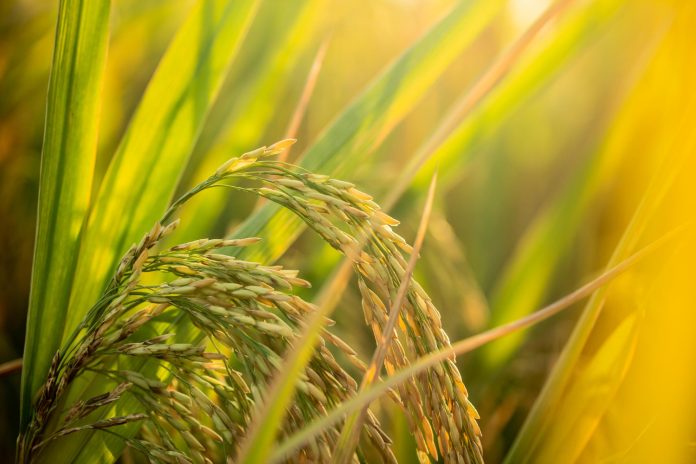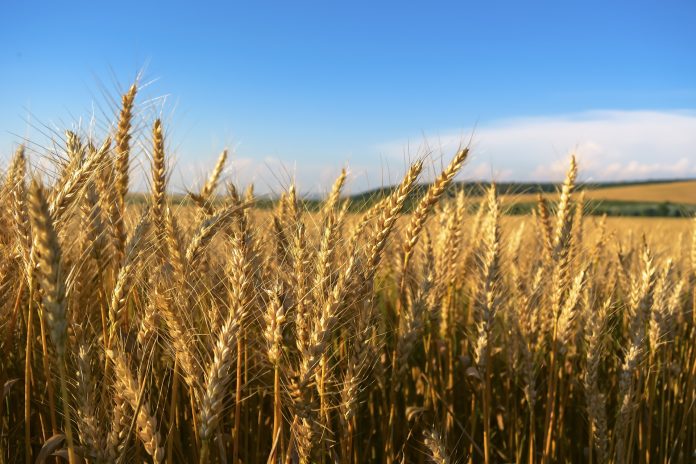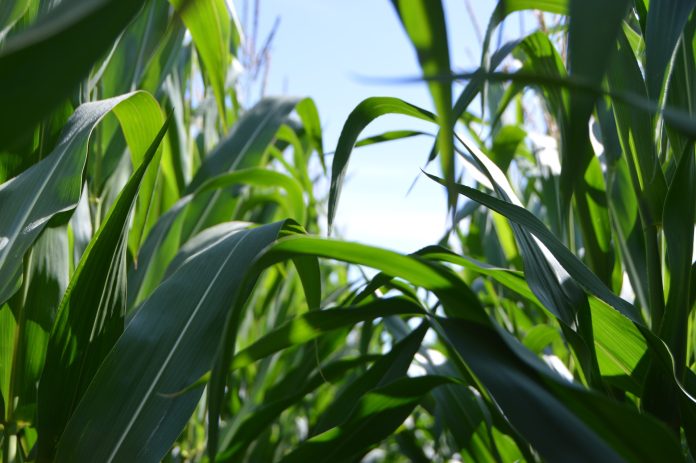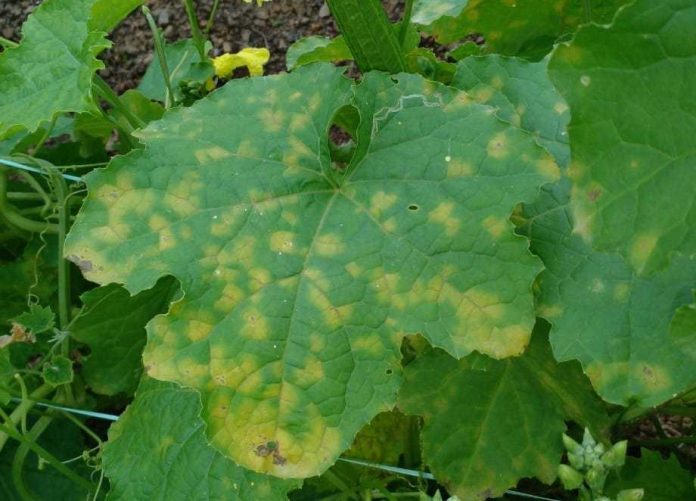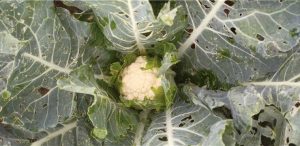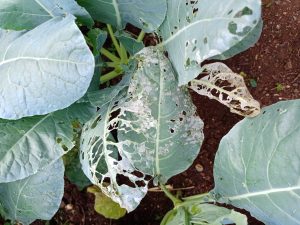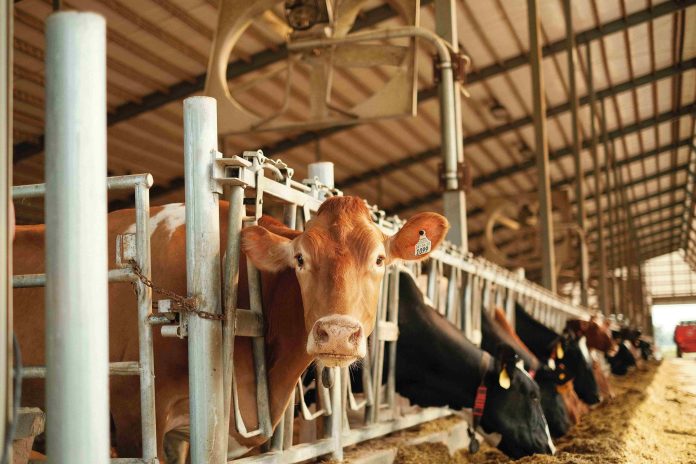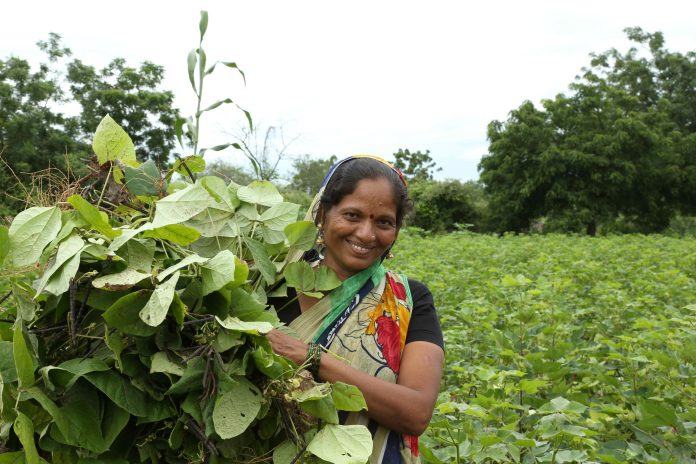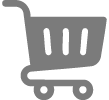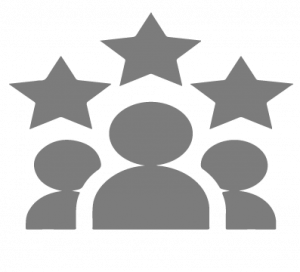Paddy Crop: More than half of the world’s population consumes rice as their staple food. Despite being grown in a variety of agro-climatic areas, rice is the most commonly used food in Southeast Asia. In India, rice planting is typically farmed in six distinct habitats, including coastal lowlands, deep water areas, rainfed lowlands, rainfed uplands, irrigated kharif and irrigated rabi. Gain a thorough understanding of how to grow paddy crops to boost your farm productivity.
Rice Crop at a Glance
Botanical Name: Oryza sativa
Common Name: Rice (English), Dhaan (Hindi), Nel (Tamil), Nellu (Malayalam), Vari (Telugu).
Crop Season: All seasons [Kharif, Rabi and Summer]
Soil Requirements for Paddy Cultivation
Paddy planting can be done in a range of soil types, from sandy loams to clay soils. The best soil for the cultivation of rice crops is clay loams. Although rice crops can withstand a wide range of soil reactions, it may prefer acidic soils with a pH between 5.5 and 6.5.
Climatic Requirements for Paddy Cultivation
For successful rice planting, maintaining the ideal temperature is crucial. Rice is best suited for areas with warm and humid climates. Paddy crop performs better at a temperature range of 21˚C to 38˚C and it can tolerate up to 40 ̊C. It is a short day plant and if long days appear at the reproductive phase it delays flowering.
Package of Practices for Rice/Paddy Cultivation
Seedbed Preparation of Nursery
- Dry seed bed
- Select suitable land near the water source in the middle of June and December for kharif and rabi crops, respectively.
- Plough the soil 3-4 times and use a rotavator after two ploughings for fine tilth and level properly.
- For a 1000m2 nursery area in rice planting, apply fertilizer at the rate of 10 kg N, 2kg P2O5 and 2kg K2O.
- About one-tenth of the main field is required as a nursery
2. Wet Seed Bed
- Ploughing should be done 4 to 5 times till the desired tilth is obtained
- Divide the plot into sub-plots of 1m*10m size by making drainage channels on all four sides
- Apply 5kg urea, 10kg SSP and 5kg MOP before levelling per bed of 10m2 area
3. Dapog Nursery
- Dapog method of raising nursery consists of growing seedlings on raised soil bed covered with polyethelene sheets.
- To establish a healthy paddy planting, sow pre-germinated seeds on top of the nursery cover, with a recommended rate of one kg per sq. meter.
- A nursery area of 25 to 35 sq.m. of the area is enough to raise seedlings for 1 hectare
- Seedlings raised by this method get ready for transplanting within 13 to 14 days
- In case of zinc deficiency, a 0.5% solution of zinc sulphate heptahydrate should be sprayed.
Selection of Paddy Seed
- Prepare a salt solution (60 gm in 1-litre water) and place the seed in the container of salt solution
- The seeds that float upon soaking should be removed
- Dry the soaked seed under the shade
Seed Rate of Paddy Crop
| S.No. | Sowing method | Seed rate (kg/ha) |
| 1 | Transplanting | 30 to 35 |
| 2 | Direct seeding | 75 |
| 3 | System of Rice Intensification (SRI) | 7 to 8 |
Seed Treatment in Paddy
Treat paddy seeds using Bavistin Fungicide (Carbendazim 50% WP) at the rate of 2 gm/kg seed for 24 hours to control seed-borne diseases. In the wet seed bed condition, this can be done at the time the seed is soaked for sprouting (or) soak the 10 kg seed in 20 litres of water containing Taqat Fungicide (Hexaconazole 5% + Captan 70% WP) at the rate of 2 gm/litre water to prevent from rice blast.
Nursery Management
- After 24 hrs of seed soaking drain the water, and cover the seed in a gunny bag for germination
- Sow the sprouted seeds in the nursery bed and keep the beds moist for the first few days
- Maintain a shallow layer of water after seedlings are about 1 inch in height
Main Field Preparation of Paddy/Rice
- Prepare the land well by using a tractor-drawn plough in dry conditions. It can be done during pre-monsoon rain or immediately after the harvest of the second crop. This will reduce pest and weed incidence.
- Puddle the field twice at a 7-day interval and level the land after each puddling. Puddling is a process of churning the soil in standing water. This results in the formation of the impervious layer which reduces deep percolation losses.
- The system of rice intensification is the process of rice cultivation by adopting a square geometry. In this method of paddy cultivation, young seedlings of 8 to 12 days old (2-leaf stage) should be raised in moist soil (saturated)
Age of seedlings for Transplanting
- Kharif/ wet season: 20 to 25 days old seedlings
- Rabi/ Dry season/ Dalua: Maximum of 30 days old seedlings
Spacing and Stand Establishment
- Kharif/ wet season: 20 cm×10 cm
- Rabi/ Dry season/ Dalua: 15 cm×10 cm
- SRI: 25 cm × 25 cm
Recommended Fertilizer Dose for Paddy Crop
- Wet season: 80:40:40 N, P2O5 and K2O kg/ha + 10t/ha FYM
- Dry season: 120:60:60 N,P2O5 and K2O kg/ha + 10t/ha FYM
- For paddy planting in zinc-deficient areas, apply zinc sulphate at a rate of 25 kg/ha as a basal application.
Irrigation water management
- Keep the rice farm under saturated condition for a week after transplanting for establishment and growth of roots
- Maintain a water level of 3 to 5 cm during the entire paddy crop growth period, after that field should be drained prior to top dressing and irrigated after 24 hours.
- In paddy cultivation, the most critical stages of water requirement are panicle initiation, flowering and grain filling stages.
- In general, rice crops require a 1200 mm depth of water during the crop growing season.
- Irrigation should be stopped in rice cultivation during the last 10 to 15 days before harvesting.
Weed Management of Paddy Crop
During the initial 4 to 6 weeks of paddy planting, weed competition poses the greatest challenge for rice growth. Apply Craze (Pretilachlor 50% EC) at 500 ml/acre or NACL-Eraze Strong (Bensulfuron Methyl 0.6% + Pretilachlor 6% GR) at the rate of 4 kg/acre as pre-emergence to control weed emergence within 2 to 3 days of transplanting. At 20 and 40 DAS/DAT, post-emergence application of Nominee Gold (Bispyribac Sodium 10% SC) at the rate of 80 ml/acre is effective. The effectiveness of this application can further be improved by additional application of Almix (Metsulfuron methyl 10% + Chlorimuron ethyl 10% WP) at 8 gm/acre at 20 and 40 DAT.
Paddy Crop Pests and Diseases
Read: 6 Paddy Pests You Need To Know About And How To Get Rid Of Them
Pests Infesting Paddy Crop, Its Symptoms & management
| Pest | Symptoms | Management |
| Yellow stem borer (Scirpophaga incertulas) |
|
|
| Gall midge (Orseolia oryzae) |
|
|
| Brown plant hopper (Nilaparvata lugens) |
|
|
| Rice Hispa (Dicladispa armigera) |
|
|
| Rice leaf folder (Cnaphalocrocis medinalis) |
|
|
| Rice earhead bug (Leptocorisa acuta) |
|
Read: 11 Paddy Diseases: Understanding The Causes, Symptoms, And Treatment Options
Common Diseases affecting Paddy crop, Its Symptoms & Management
| Disease | Symptoms | Management |
| Rice blast (Pyricularia oryzae) |
|
|
| Brown Leaf Spot (Helminthosporium oryzae) |
|
|
| Rice sheath blight (Rhizoctonia solani) |
|
|
| False Smut (Ustilaginoidea virens) |
|
|
| Bacterial leaf blight (Xanthomonas oryzae) |
|
|
| Bacterial leaf streak (Xanthomonas campestris p.v. oryzicola) |
|
|
Harvesting and Threshing
The most common sign of crop maturity is a change in straw colour from green to yellow. At this point, the panicle’s grain begins to mature from top to bottom. In general, the lower portion of the plant should still be green while harvesting to prevent shattering. If harvesting is performed by a combined harvester, threshing occurs simultaneously. However, if harvested manually, then the rice should be bundled and threshed using a thresher.
Yield
The yield of the paddy crop ranges from 4 to 5 t/ha depending on variety, soil and management conditions
Varieties/Hybrids of Paddy
- Varieties: RNR 15048, Naveen, Pusa Basmati 1, Basmati 370, Lunishree, MTU 1010, Pusa 44
- Hybrids: PRH 10, DRRH 1, APHR 1, APHR 2, Pant Sankar, Mahyco 504, JK 6004

